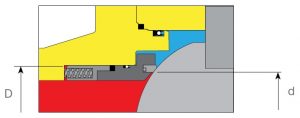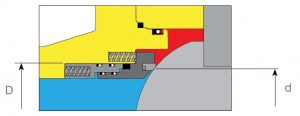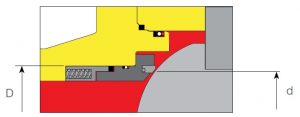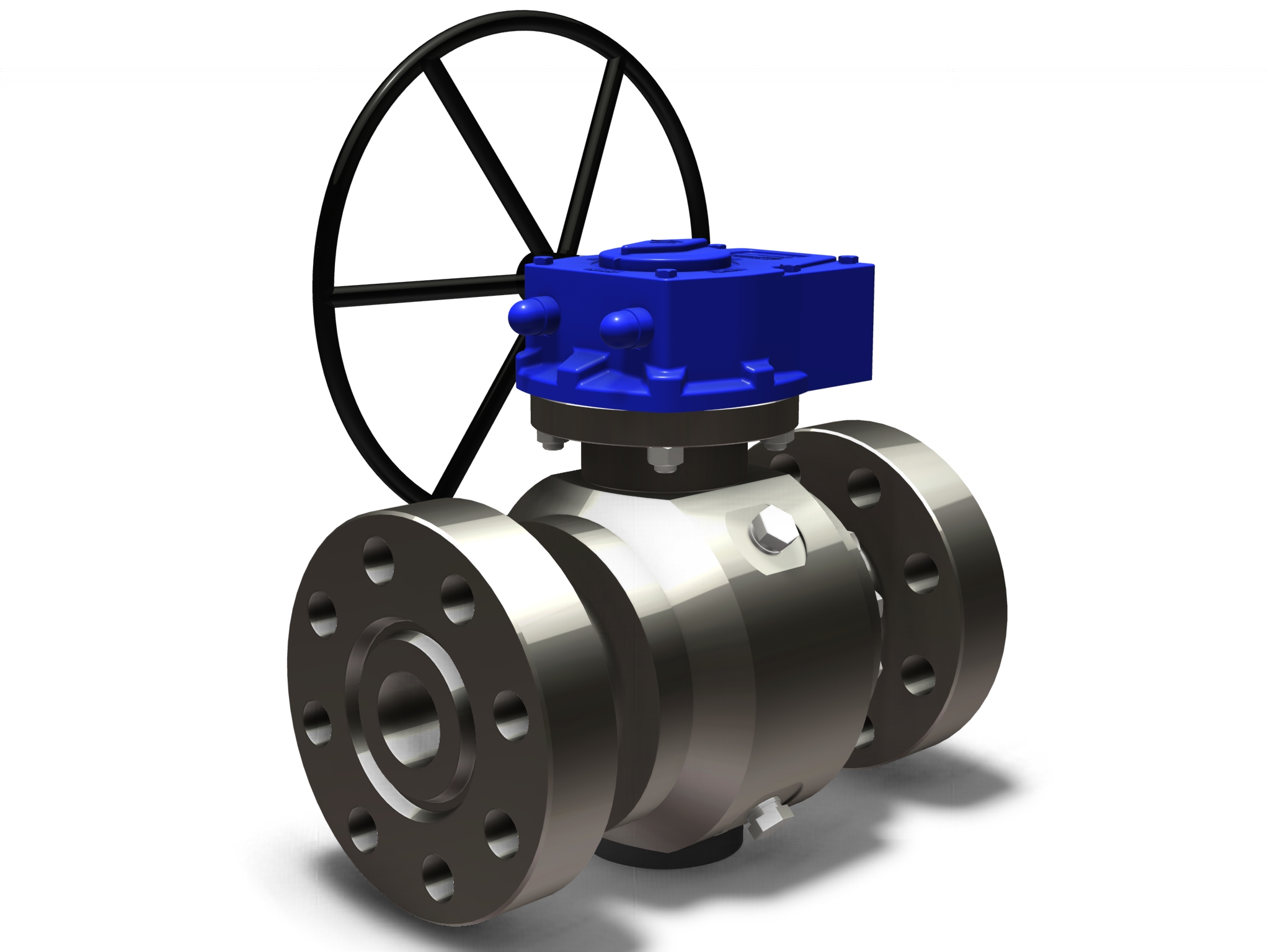Description
 Heap & Partners trunnion mounted ball valve is an in-house development named Phase, which covers a range of Soft and Metal seated Side Entry ball valves for the oil and gas market. This significant investment and commitment involved expanding the company’s new headquarters to accommodate the production line
Heap & Partners trunnion mounted ball valve is an in-house development named Phase, which covers a range of Soft and Metal seated Side Entry ball valves for the oil and gas market. This significant investment and commitment involved expanding the company’s new headquarters to accommodate the production line
Product Features:
- Full or Reduced Bore
- Top and Side Entry
- Soft and Metal seated
- Single or Double Piston effect seating
- Flanged, Hubbed or Butt Weld connections
- Standard carbon steel, Stainless Steel or highly alloyed materials.
- Single Isolation and Double Block & Bleed Valve Designs
- Fire Tested to ISO10497
Application:
The safe isolation of pipeline production and process equipment for Offshore applications such as ESDV (Emergency Shut Down Valves), SDV (Shut Down Valves), HIPPS (High Integrity Pressure
Protection System), MIV (Manual Isolation Valves) and MOV (Motor Operated Valves) are critical to all our customers and with this in mind, all our valves go through a rigorous review process prior to manufacture and dispatch.
The use of our equipment on sour and corrosive service leads to the requirements for all materials to be supplied fully in accordance with NACE MR-01-75 (ISO 15156) and the use of corrosion resistant Nickel (Inconel) and Chrome (Duplex and Super Duplex) alloys are also typical. Considerable expertise has been gained in the use of Inconel 625 weld overlays clad on low alloy steels such as A350-LF2 and AISI 4130, this leads to more commercially attractive equipment which would otherwise be cast or forged in highly alloyed materials in order to counteract the corrosive properties of the production / process flows.
Our unique design with respect to the use of high integrity sealing in both elastomeric and polymeric materials is also well founded as is the use of Tungsten Carbide based metal to metal sealing technology on the ball to seat sealing surfaces. With this, our experience in the design and manufacturing processes required to obtain high pressure gas leakage within our customers’ specified requirements has been developed and continues to improve.
Engineering capability:
Phase is an engineered valve solution for High Criticality Topside Applications and is well proven in the arduous operating conditions of the UK sectors of the North Sea.
The current range of ball valve products available from Heap & Partners includes:
- Ball Valves – Side and Top Entry
- Double Block & Bleed Ball Valves
The Phase range has been through extensive prototype testing which includes;
- Extended Shell and Seat testing.
- Cyclic Temperature testing.
- High Pressure Gas testing
- Fire Testing
The company has completed an extensive Fire Testing programme – (in accordance with ISO 10497) to support the Phase range of valves in respect of seat styles, seal types and materials of construction.
The full range of ball valves are available in both metal to metal and soft seated designs, our standard specification for metal to metal seats can use either HVOF or CVD Tungsten Carbide or alternative Stellite based fusion bonded coating. These offer excellent resistance to applications with Solids / Abrasive flows.
To further complement our Design and Manufacturing capability, we have also recently invested in our own PMI (Positive Material Identification) Gun to ensure that we can further verify the exact materials of construction.
All valves can be manufactured in a full range of exotic materials to EN 10204 3.1 and 3.2
Design and Analysis:
Our Ball valves are manufactured and tested in accordance with API 6D (ISO 14313) and API 6A (ISO 10423), all valves generally designed in accordance with ASME B16.34 / ASME VIII and supplied with application specific end connections which include flanges in accordance with ASME B16.5, BWE connections and hubbed connections are also available to recognised industry profiles.
Set Up & Testing:
Set-up and testing services are provided to ensure that when it comes to on-site installation, you are safe in the knowledge that the equipment we have supplied will work in your environment.
Our test facilities can accommodate valve sizes 1 ⁄2” up to 24” with pressures from vacuum and low pressure to high pressures of 15,000 psi in our custom-made bays with remote monitoring from anywhere in the world. Clients are provided with login credentials giving them remote control of four CCTV cameras that deliver real-time video as well as information from the Data Logger displaying Hydrostatic Pressure, Low Air Test Pressure, Temperature, and Seat Leakage rate.
Options and Operating Philosophy:
Our product can be tailored to meet the most exacting specifications currently available with; application specific sealing, seating and other requirements such as special overlays, end connections and these features combined with single and double piston metal seated solutions on Topside equipment.
Heap & Partners have now supplied standard equipment specified with nylon seats and elastomeric sealing. However, we have also supplied bespoke equipment specified with polymeric seals and seats (PTFE and PEEK respectively) on critical high pressure gas applications.
Where piping debris or particulates are specified within the process stream, the use of Tungsten Carbide coated balls and seats are required, these must meet and exceed customers leakage
requirements and remain maintenance free for the lifetime of the product when specified.
Single Piston Effect Seat (SPE) – The seat operates in the direction of pressure, which amplifies the differential annular area. As pressure increases, so too does the load.

Double Piston Effect Seat (DPE) – The DPE seat works in both directions (double piston) by design. The seat is fitted with bi-directional sealing and the configuration of the two piece seat allows it to work in either direction since the annular area is amplified by the pressure to effect a seal. This seat does not cavity relieve.

Single Piston Effect Seat (SPE) cavity relieving with pressure In the reverse pressure direction (pressurised from the cavity), the single piston effect seat will pressure relieve when the reverse load overcomes the spring force and pushes the seat away from the ball.











